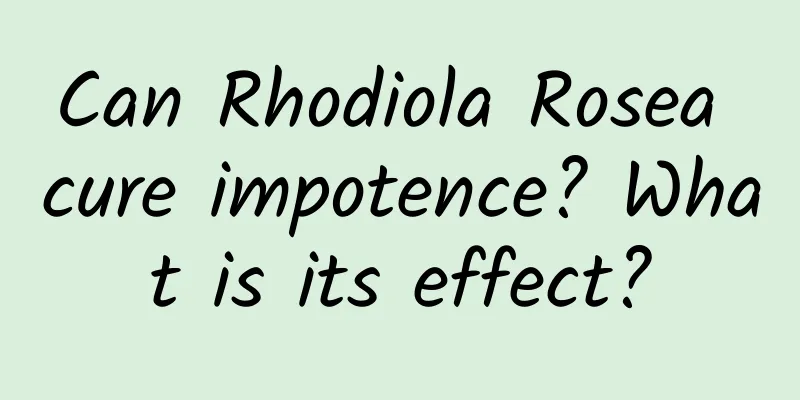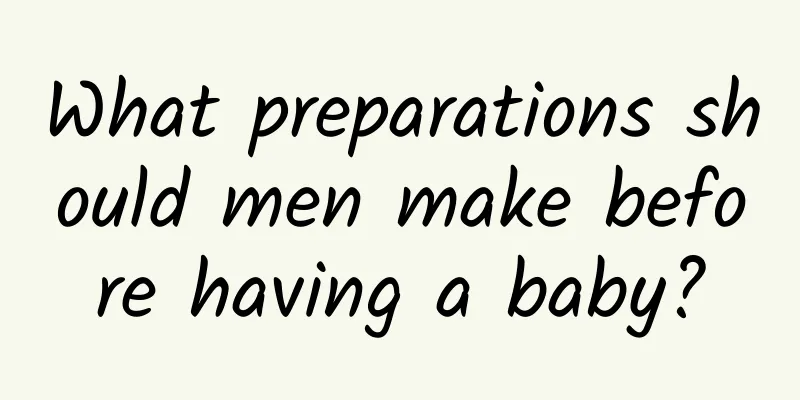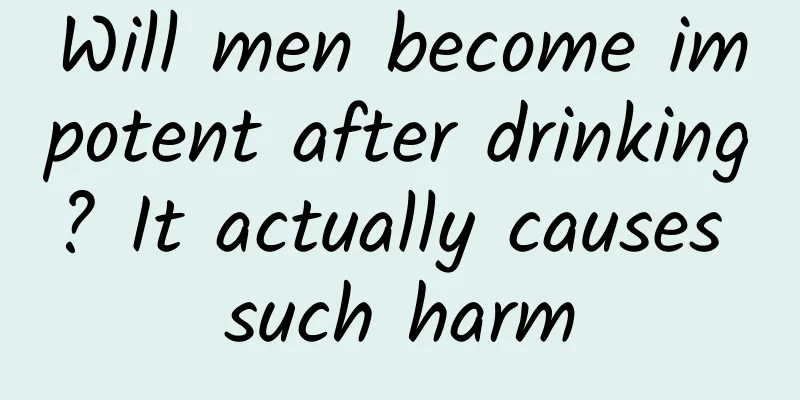Can children's glandular hypertrophy heal itself?

|
Glandular hypertrophy in children is quite common in daily life. The harm of this situation should not be underestimated. It may lead to diseases such as bronchitis in children. Many friends will ask if glandular hypertrophy in children can heal itself? The answer is of course not. When glandular hypertrophy in children is found, treatment measures need to be taken in time. If it is not controlled and treated in time, it will easily cause other diseases. 1. Adenoid hypertrophy has many harmful effects and should be treated promptly Adenoids, also called pharyngeal tonsils or adenoids, are located at the top of the nasopharynx and the posterior pharyngeal wall. They are part of the lymphatic tissue and have an orange-segmented surface. Like tonsils, adenoids gradually grow with age after birth. They proliferate most vigorously between the ages of 4 and 6, and gradually shrink after puberty. Adenoid hypertrophy can cause other complications. A few cases may develop cor pulmonale or even acute heart failure due to chronic nasal obstruction and long-term hypoxia. Long-term adenoid hypertrophy can cause the nose to become flat, the nose wings to develop poorly, the distance between the eyes to become wider, mouth breathing, and dull facial expressions, presenting a special adenoid face. At this time, both physical and intellectual development are greatly affected. 2. Traditional treatments are very harmful, so be careful! 1. Drug therapy: When a child has adenoid hypertrophy, the first method parents often use is drug therapy. Experts point out that the causes of adenoid hypertrophy in children are complex. Blindly taking medication will not only have ineffective treatment effects, but may also lead to "destructive treatment". Standardized diagnosis and treatment, finding the cause, and treating the symptoms can scientifically cure adenoid hypertrophy in children. 2. Traditional surgery: Traditional surgery to treat children's adenoids hypertrophy uses adenoidectomy. This surgery is invasive and causes great damage and heavy bleeding. In addition, since children are in a critical period of growth and development, this method of treatment is not suitable. 3. What to do if a child has enlarged adenoids: Scientific and standardized treatment The effective treatment of adenoids hypertrophy in children should be based on a comprehensive examination of the cause and analysis of the condition. In addition, children are a group of people who are in a critical period of growth and development. Therefore, the treatment of adenoids hypertrophy in children should follow the principles of minimally invasive treatment, retaining normal physiological functions, and not affecting development. Notes Children with adenoid hypertrophy are more dangerous. It is recommended that if there are symptoms of adenoid hypertrophy, they should go to a regular hospital for examination and treatment in time. Of course, they should also pay more attention to their diet and lifestyle, and be careful to avoid stimulation. |
<<: Bartholinostomy recurrence rate
>>: Is it possible to get pregnant if you have prostatic fluid?
Recommend
What is the best way for men to lose belly fat?
In fact, reducing belly fat is also very importan...
What is the cause of impotence at the age of 18?
18 years old is an age of youth and vigor, especi...
What are the dangers of high prolactin in men?
When it comes to infertility, the first thing tha...
What causes right groin pain in men?
Generally speaking, the symptoms of groin pain wi...
Male reproductive care secrets to maintain healthy sexual happiness
In recent years, the number of infertile people i...
What does a positive urine test in men mean?
Some men may experience frequent and urgent urina...
What to do if a little boy has spots on his face
If female friends do not pay attention to sun pro...
How to regulate psychological premature ejaculation
Many men suffer from premature ejaculation during...
Men should remember the kissing methods that women don’t like!
Kissing is a way for couples to express their lov...
What to do with prostatitis
Prostatitis is mostly a male disease that often o...
Small blisters on the glans penis
If small blisters appear on the glans, you should...
What are the symptoms of ischemia in men?
Ischemia is also known as anemia. For many people...
Will Priligy become less effective the more you take it?
With the development of science and technology, t...
Can small intestinal gas be cured without surgery?
In their daily lives, male friends only pay great...
How to improve sexual performance
Middle-aged and elderly men not only have to face...









